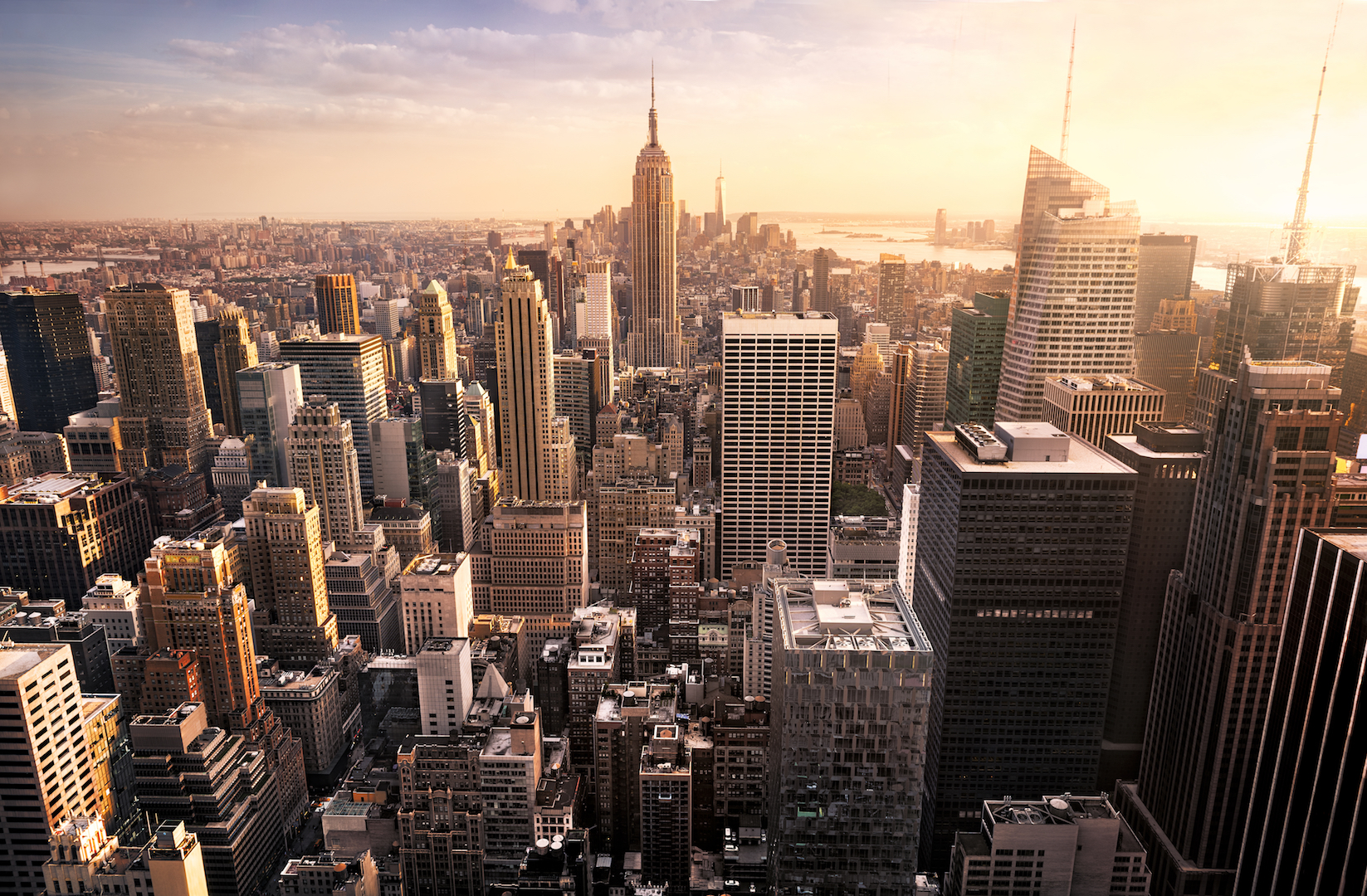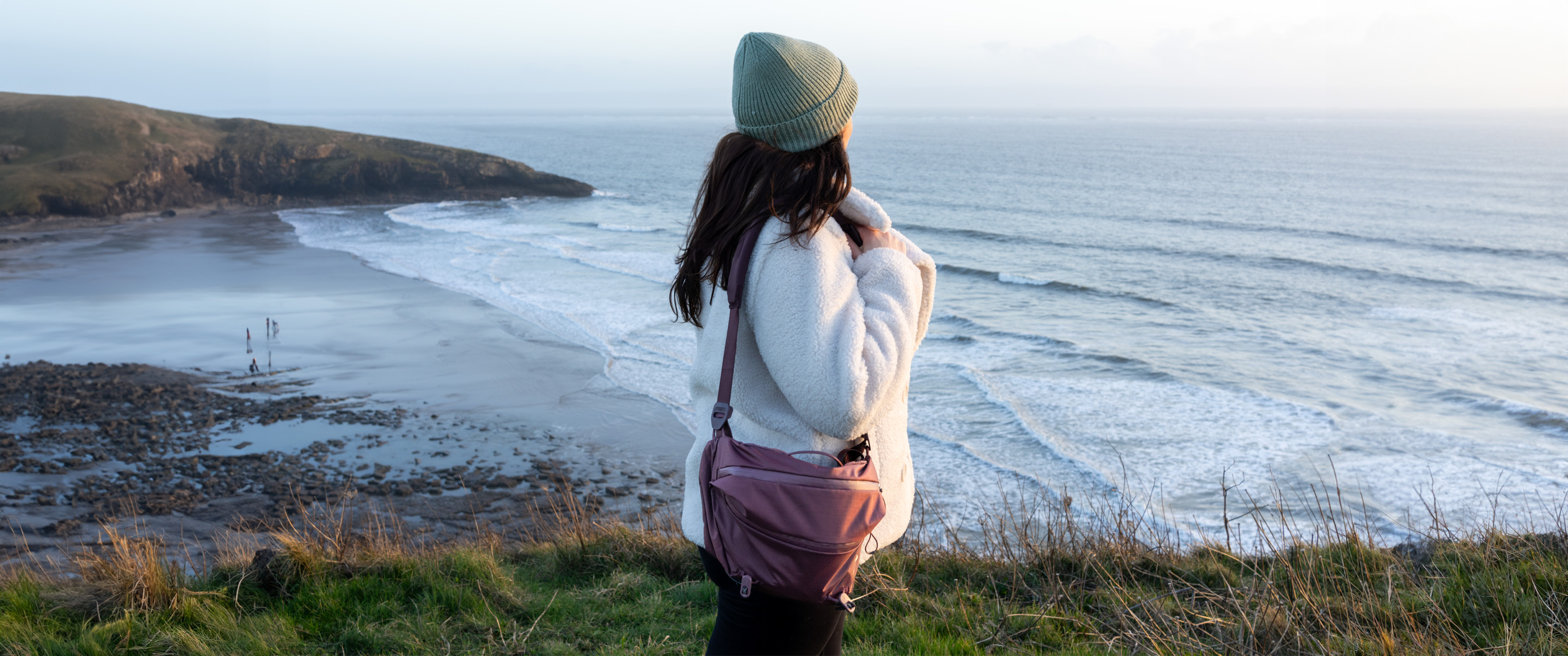1 in 5 people tested in New York City had antibodies for the coronavirus
It's not yet clear if those people are now immune to the virus.

Editor’s Note: Additional testing found that 24.7% of people in New York City had tested positive for coronavirus antibodies, Governor Andrew Cuomo announced on Monday (April 27). In Westchester/Rockland, 15.1% people tested positive; in Long Island 14.4% tested positive; and in the rest of the state 3.2% tested positive. The state has conducted 7,500 tests so far. In total, 14.9% of people statewide tested positive for coronavirus antibodies.
Nearly 1 in 7 people in New York who were randomly tested for coronavirus antibodies turned out to have them, Governor Andrew Cuomo announced today (April 23). In New York City, the number is even higher: About 1 in 5 people tested positive for antibodies to SARS-CoV-2.
If those early results translate to the rest of the New York population, that would mean about 2.7 million people across the state would have been infected.
The antibodies suggest these people were exposed at one point to the coronavirus and recovered, Cuomo said. However, it is still not known whether or not these people are now immune to it.
New York began a statewide antibody study on Monday (April 20) and has collected around 3,000 samples from 40 locations in 19 counties across the state so far. In New York City, around 21% of randomly sampled people had antibodies against the coronavirus; on Long Island, about 16.7% had antibodies; in Westchester and Rockland around 11.7% had antibodies; and in the rest of the state 3.6% had antibodies, Cuomo said.
Related: 10 deadly diseases that hopped across species
These tests were conducted over a two-day period at grocery stores and other big box stores. "The sample was by definition people who were outside the home," Cuomo said. "So we have to analyze that, what does that do to the numbers." These weren't people who were home, isolated or quarantined, Cuomo said. "What does that mean, I don't know. "People who tend to stay home likely have lower rates of infection, he added.
Sign up for the Live Science daily newsletter now
Get the world’s most fascinating discoveries delivered straight to your inbox.
If the actual infection rate among the entire population is similar to the early sample infection rate they found of 13.9%, it would change the death rate of the state, Cuomo said. New York is reporting 15,500 COVID-19 deaths, and if 2.7 million people were infected, that would mean the death rate would be 0.5%, Cuomo said.
However, that comes with "two big caveats," he said. This data is preliminary and is only a sample of 3,000 people. In addition, the state doesn't count people who died at home — not in a nursing home or hospital — or who were never tested for COVID-19, in their official tally of COVID-19 fatalities.
The state will continue testing to understand if these preliminary results hold true for a larger subset of the population.
Similar antibody testing in Santa Clara County found that between 2.5% and 4.2% of people in the county may have been exposed, which is 50 to 85 times greater than the number of cases being reported at the time, according to a previous Live Science report. Similarly, tests in Los Angeles found that up to 5.6% of people may have been infected with the coronavirus, according to the county's Health Department. But experts previously told Live Science that those numbers are likely to be too high, because the antibody tests used in these surveys had a high false-positive rate, making their prevalence estimates likely very uncertain.
- Going viral: 6 new findings about viruses
- The 12 deadliest viruses on Earth
- Top 10 mysterious diseases
Originally published on Live Science.
OFFER: Save 45% on 'How It Works' 'All About Space' and 'All About History'!
For a limited time, you can take out a digital subscription to any of our best-selling science magazines for just $2.38 per month, or 45% off the standard price for the first three months.

Yasemin is a staff writer at Live Science, covering health, neuroscience and biology. Her work has appeared in Scientific American, Science and the San Jose Mercury News. She has a bachelor's degree in biomedical engineering from the University of Connecticut and a graduate certificate in science communication from the University of California, Santa Cruz.

